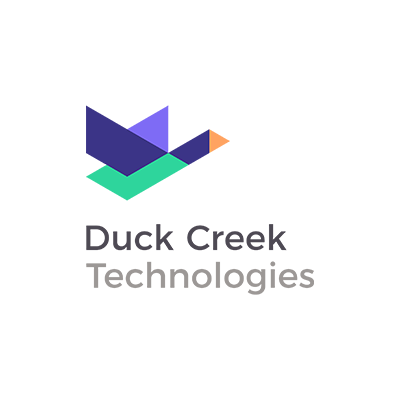In today’s Insurance for All By 2047 landscape, India’s medium-sized non-life insurers face the unique challenge of navigating rapid change whilst also enhancing operational efficiency, driving innovation and delivering exceptional customer experiences to compete with their larger competitors.
One of the big barriers hindering their success is the slow, fragile, and expensive in-house, on-prem, and legacy core insurance delivery solutions they operate. These solutions are analogue at heart and prevent them responding fast enough to the changing modern insurance environment.
India’s biggest insurers also suffer from these legacy technology limitations, but most have made first moves to upgrade and ‘modernise’ their core delivery systems. This decision has created an opportunity for medium-sized non-life insurers to establish a competitive advantage through alternate technology.
The alternative is switching to modern and truly digital SaaS-delivered core insurtech which is low- and no-code configurable. By doing it differently, it could allow medium-sized health and general insurers to out-compete their larger rivals.
Thanks to low-/no-code, these solutions offer a pathway to streamlined processes, enhanced agility and innovation, and accelerated product development and deployment.
The new whitepaper, Punching Above Your Weight, highlights the competitive benefits low-/no-code configuration enabled through SaaS-delivered core insurtech could offer medium-sized insurers.
By utilising this feature, insurers can quickly and simply configure their products, services, processes, and rates within weeks, days, and even hours instead of months, allowing them to deliver growth and revenue much faster.
This is crucial in a dynamic market like India, where speed and agility are paramount to capitalise on new market opportunities.
Here are some examples of how low-/no-code could be applied.
Easier Claims Automation Design
By utilizing low-/no-code configuration in claims management, medium-sized insurers could develop, implement, and refine automated workflows faster and easier to improve both routine and high-touch claims processing.
For instance, workflows and automations can be configured through smart configuration tools to enable straight-through processing for claims that meet predefined criteria. This reduces manual inputs and could accelerate claims settlement. For high-touch claims, automation and workflows can be configured to process some of the lower value tasks, turning a high-touch into a medium-touch case.
Workflows and automation enhance operational efficiency by streamlining claims handling processes while improving customer satisfaction through faster claim resolutions. These can be deployed and amended rapidly with configuration rather than being painstakingly built one line of code at a time over months.
Enabling Faster Product Innovation and Deployment
Low/no-code configuration empowers business-side users, such as product managers, to help design and launch new insurance products more swiftly, without the need for extensive IT involvement. This could be beneficial for ‘use and file’.
Thanks to low-/no-code product configuration, medium-sized insurers can rapidly design and test different coverage features in different markets or via different distribution channels (online vs broker). Product variants can take days and weeks to create, instead of months. This agility in product development enables medium-sized insurers to respond quickly to market trends, regulatory changes, and customer demands, fostering a culture of innovation and enabling them to introduce competitive offerings ahead of larger competitors and grab vital market share.
Applying more dynamic and competitive rates
For example, when making policy price changes in response to de-tariffing, low-/no-code configuration of rates (thanks to simple rate tables) could allow the pricing or finance teams to design, test, and apply new rate strategies themselves. They don’t need to pass on instructions to IT teams in order to action rate changes.
Rate change self-service could drastically increase the speed to market of new rates, giving the medium-sized insurers a first-to-market price advantage. It could allow them to offer more competitive and dynamically priced premiums compared to their speed-restricted larger competitors.
SaaS-core insurtech, the big differentiator
As we’ve explored, low-/no-code configuration, when applied to the design and development of products, services, and experiences throughout the policy lifecycle, could allow medium-sized insurers to deliver these much faster (in days and weeks, instead of months) and with fewer resources.
Where the larger insurers are persisting with their upgraded, but code-heavy and slow legacy and in-house systems, low-/no-code speed could allow medium-sized insurers to react to and capitalise on new opportunities faster. What’s better, this speed-to-market differential is baked into the SaaS solutions, giving SaaS-powered insurers an enduring speed-based competitive advantage and helping ensure they will always be first to market.
Our whitepaper, Punching Above Your Weight, explores how the key features of SaaS-delivered core insurtech, including low-/no-code and more, can help India’s medium-sized health and general insurers efficiently out-compete and out-grow their bigger rivals. Find out more. Download the free whitepaper, Punching Above Your Weight, here.






